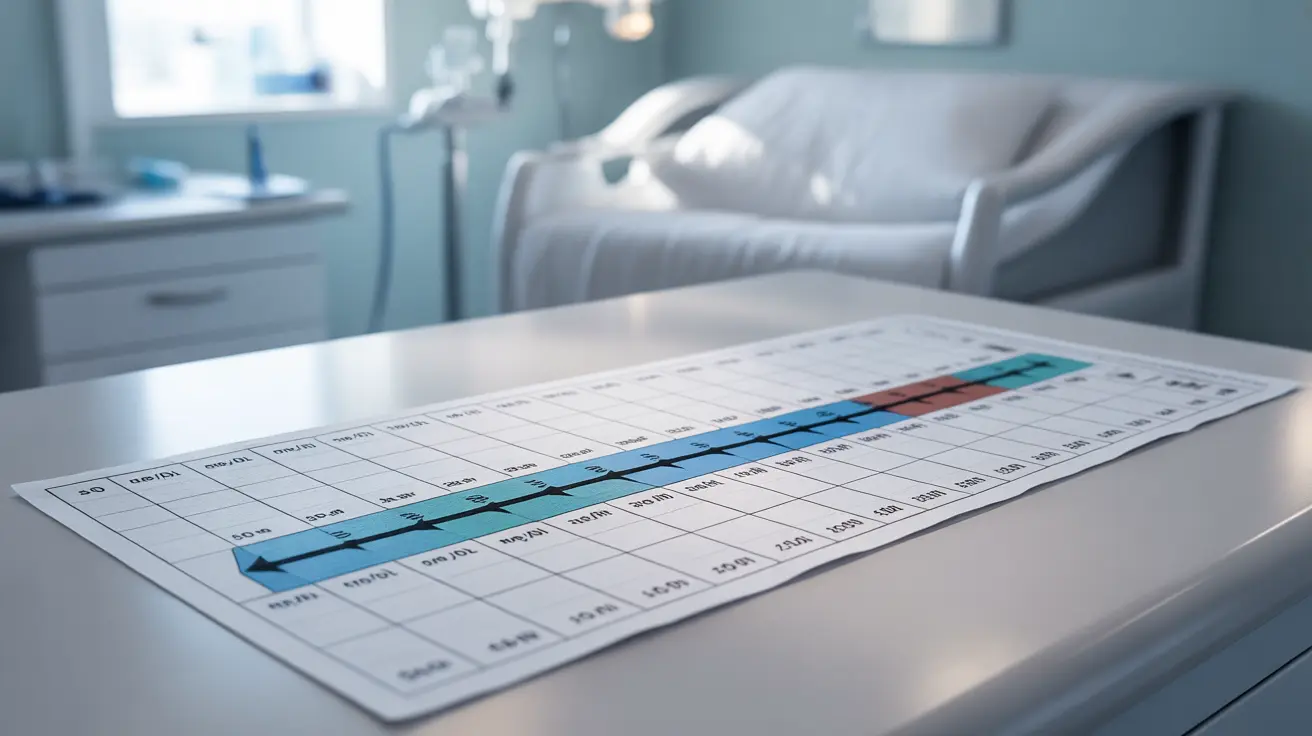For many people with diabetes, insulin management is a crucial part of their daily routine. Sliding scale insulin therapy, while considered a traditional approach to insulin dosing, remains a topic of ongoing discussion in diabetes care. This comprehensive guide explores what sliding scale insulin therapy entails, its applications, and why modern diabetes management often favors alternative approaches.
What Is Sliding Scale Insulin Therapy?
Sliding scale insulin therapy is a method of insulin dosing that adjusts short-acting insulin amounts based on pre-meal blood glucose readings. The "scale" refers to a predetermined chart that matches blood sugar levels with corresponding insulin doses, allowing patients to adjust their insulin intake according to their current blood glucose measurements.
How the Sliding Scale Works
The sliding scale typically follows a simple pattern: higher blood glucose readings require larger insulin doses, while lower readings call for smaller doses. Healthcare providers customize these scales based on individual patient needs, taking into account factors such as weight, insulin sensitivity, and typical daily blood sugar patterns.
Limitations of Sliding Scale Insulin
While sliding scale insulin therapy was once the standard approach to insulin management, modern diabetes care has identified several significant limitations to this method:
- Reactive rather than proactive approach to blood sugar control
- Doesn't account for individual metabolic variations
- May lead to wider blood glucose fluctuations
- Doesn't consider factors like activity levels or meal composition
- Can result in over-correction or under-correction of blood sugar levels
Modern Alternatives to Sliding Scale Insulin
Basal-Bolus Insulin Regimen
Contemporary diabetes management often favors the basal-bolus approach, which more closely mimics natural insulin production. This method combines long-acting (basal) insulin with mealtime (bolus) insulin doses calculated based on carbohydrate intake and current blood glucose levels.
Insulin Pump Therapy
Modern insulin pumps offer precise insulin delivery and can be programmed to account for various factors affecting blood sugar levels, providing more sophisticated management than traditional sliding scale methods.
When Sliding Scale Insulin May Still Be Used
Despite its limitations, sliding scale insulin therapy maintains some specific applications:
- Hospital settings for short-term blood sugar management
- Temporary use during illness or stress
- Situations where simpler insulin management is necessary
- Transitional periods when establishing more advanced insulin regimens
Safety Considerations and Best Practices
For those using sliding scale insulin therapy, several important safety measures should be followed:
- Regular blood glucose monitoring
- Careful documentation of insulin doses and blood sugar readings
- Understanding signs of hypoglycemia and hyperglycemia
- Regular communication with healthcare providers
- Proper insulin storage and administration techniques
Frequently Asked Questions
What is sliding scale insulin and how does this therapy work for managing diabetes? Sliding scale insulin therapy is a method where insulin doses are adjusted based on pre-meal blood glucose readings using a predetermined scale. It works by matching specific blood sugar levels to corresponding insulin doses, allowing for adjustment of short-acting insulin based on current glucose readings.
Why is sliding scale insulin considered outdated compared to other insulin treatment methods? Sliding scale insulin is considered outdated because it's reactive rather than proactive, doesn't account for individual metabolic variations, and can lead to wider blood glucose fluctuations. Modern methods like basal-bolus regimens provide more precise and physiologic insulin delivery.
What are the risks or disadvantages of using sliding scale insulin therapy for blood sugar control? The main risks include potential blood sugar fluctuations, over- or under-correction of high blood sugar, failure to account for factors like exercise and meal composition, and a reactive approach that may not prevent high or low blood sugar episodes.
How does sliding scale insulin differ from basal-bolus insulin regimens and which is more effective? Sliding scale insulin relies solely on current blood sugar readings for dosing, while basal-bolus regimens combine long-acting background insulin with mealtime doses based on carbohydrate intake. Basal-bolus regimens are generally more effective as they better mimic natural insulin production.
In what situations is sliding scale insulin still used, and what precautions should patients take while using it? Sliding scale insulin is primarily used in hospital settings, during illness, or in situations requiring temporary or simplified insulin management. Patients should maintain careful blood sugar monitoring, keep detailed records, understand hypoglycemia symptoms, and maintain regular contact with their healthcare provider.




